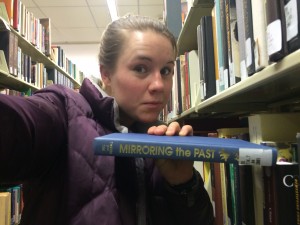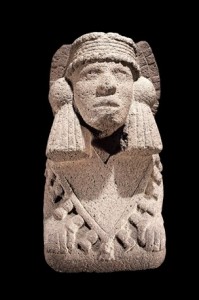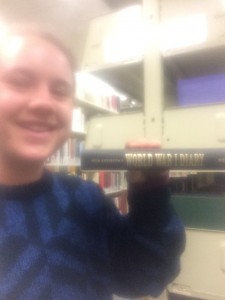Mirroring the Past: The Writing and the Use of History in Imperial China
Ng, On Cho, and Q. Edward Wang. Mirroring the Past: The Writing and Use of History in Imperial China. Honolulu: U of Hawaii, 2005. Print.
I discovered this book by imputing the key terms “history of china” and “use of history” into the database. This book was right next to the one that came up on the search results. Since I just read the importance of history to the Chinese throughout the centuries in the BBC podcast of the Jade bi it was cool to pick up this book and open to the prologue which talked all about how China venerated its history and turned the production of history into a “routine”. It goes from the age of Confucius to the last great dynasty, the Qing, and tells how they each documented their history with writing and artifacts that were as important to the Chinese as anything else. The book argues that “control of the past, by imperial fiat, was part of the power and authority of the new regime.” China’s history is every bit as interesting as the authors write about it in this text.

Interesting titles next to this book:
Inventing China Through History
Reinventing Modern China: Imagination and Authenticity in Chinese Historical Writing


